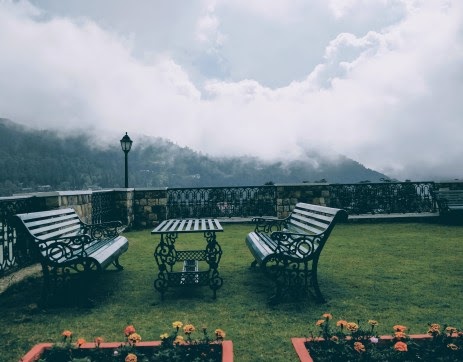
In News
- Recently, Citizens’ groups objected to the proposed waste-to-energy Bandhwari plant at Gurugram-Faridabad highway.
About
- Experts say consequences of the plant on human health and on the Aravali ecosystem will be enormous and irreparable.
- Several citizens’ groups have written to Haryana State Pollution Control Board (HSPCB) raising serious objections on the same.
What is Waste to Energy (WtE)?
- Definition: WtE describes the process of utilising waste to generate energy, in the form of electricity, heat or fuels.
- Stakeholders: WtE projects involve a range of stakeholders, from local councils who manage municipal waste, through to businesses in the waste and energy sectors, energy users and generators of waste.
(Image Courtesy: lexology )
- WtE facilities fall into two main categories: thermal treatment and biological processing of organic waste. These processes use a range of technologies including combustion, gasification, anaerobic digestion and fermentation. The exact type of technology utilised in any project is dependent on the characteristics of the feedstock waste material. Similarly, the outputs and residues from WtE processes also vary, depending on the nature of the feedstock and the technology used.
- Renewable energy: WtE is typically considered ’renewable energy’ when organic waste (biomass) is used as the feedstock. However, the use of plastic feedstock in some WtE facilities also requires the use of fossil fuels, diminishing the environmental credentials of such initiatives.
Benefits of WtE Plants
- Reduces Landfill Waste:
- By converting waste to energy, it substantially reduces the amount of waste entering landfills, which can curb greenhouse gases.
- Creates a Significant Amount of Energy:
- One ton of waste can yield between 550 and 700 kilowatt hours—enough to power a person’s home for almost a month.
- Recycles Excess Waste:
- The technology used to convert waste into energy also recycles any metal that remains after combustion, including steel and aluminum, further shrinking the amount of unusable waste.
- Sustainable Process:
- The process itself is green, employing the latest pollution control equipment to scrub and filter emissions, preventing their release into the environment.
- Regulated use of residue as fertilizer:
- Some WtE processes can produce residues which can be applied to beneficial uses, such as fertiliser, with the nature of the feedstock determining the extent to which residue can be used. If residue is put to such a beneficial use, additional specification, certification and monitoring requirements will apply.
Challenges
- Wrong incentives:
- It is important that an appropriate balance is struck so that the demand for WtE feedstock does not incentivise the creation of more waste. For example, a business may relax its waste reduction or recycling efforts if its waste is feeding WtE production to create energy at lower cost.
- Lot of pollution of different type may be created:
- Depending on the feedstock and technology, WtE processes may create air pollution, contaminated water or other residues.
- The aerial emissions and the heavy metal-laden toxic ash, which is dumped in unlined landfills, are bound to eventually pollute groundwater.
- Worsening Air Quality:
- There is an issue of poor ambient air quality especially during winters when the air is still and undispersed emissions cause widespread health hazards.
- Biosecurity Risk:
- The transportation of unprocessed organic waste feedstock may pose a biosecurity risk, due to the potential spread of pests and plant disease.
- There is also a risk that such transportation and the WtE plant itself may also adversely affect amenity, through odour, noise, local transport congestion, dust and vermin, depending on the feedstock and treatment method used.
Way Ahead
- There should be strict emission standards, controls and monitoring which may reduce the feasibility of the WtE plant.
- Municipalities and private players in this business need to ensure segregation at source and support end-to-end segregation.
- Also, the huge informal sector for recyclables in metro cities must be integrated.
|
Bandhwari Plant
Reasons for Protest
Timeline (Image Courtesy: TOI ) |
Sources: TH
Previous article
Seven Year of Pradhan Mantri Jan-Dhan Yojana (PMJDY)
Next article
G20 Ministerial Conference On Women’s Empowerment